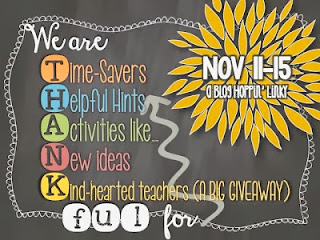Here is a great article from TIME magazine that discusses 5 reasons kids should still learn cursive writing. Two of the most important reasons, in my opinion, include:
1. Students need to be able to sign their name on important documents, job applications, and more.
Okay, I'm getting off my soapbox now! For the past couple of years, I've been teaching cursive writing to my third graders. I didn't love the way I was teaching it and wished that I had more resources to use with my kiddos. So I started doing some research about the cursive writing verbal paths and other strategies to use with students and then put together a COMPLETE Cursive Writing Pack!
This pack is unique in the fact that it uses a strategy called Train-Trace-Try. I came up with these three words after thinking about how we need to scaffold cursive writing instruction. First, students need to be trained how to form each letter. This is where the verbal paths come in.
In the train step, students can either trace the letter with their finger or with a pencil but the most important part is that they are saying the verbal path in their head each time they form the letter. Saying this over and over again will help the kids remember the formation.
In the trace step, students can trace the letter several times.
I've actually found that it's more motivating to students to use a colored pencil during this step. They can see their writing easier and it's fun to use different colors! I encourage my students to still say the verbal path in their head as they trace the letters.
The last step on each page is to try. In this step, students will try to form letters and words on their own. This is an important step because the kids learn how to link the letters together to form words.
You can have your students use a regular pencil or a colored pencil for the step. I especially like the Crayola Erasable Colored Pencils.
To see what all is included, check out the previews below! If you'd like to grab a copy of this cursive writing pack, click here!



















